Are you aware of how your state ranks in terms of pollution? Here’s a look at the top 20 most polluted states in the U.S., focusing on specific companies and industries contributing to the pollution and the politicians who are playing key roles.
1. Louisiana – Cancer Alley
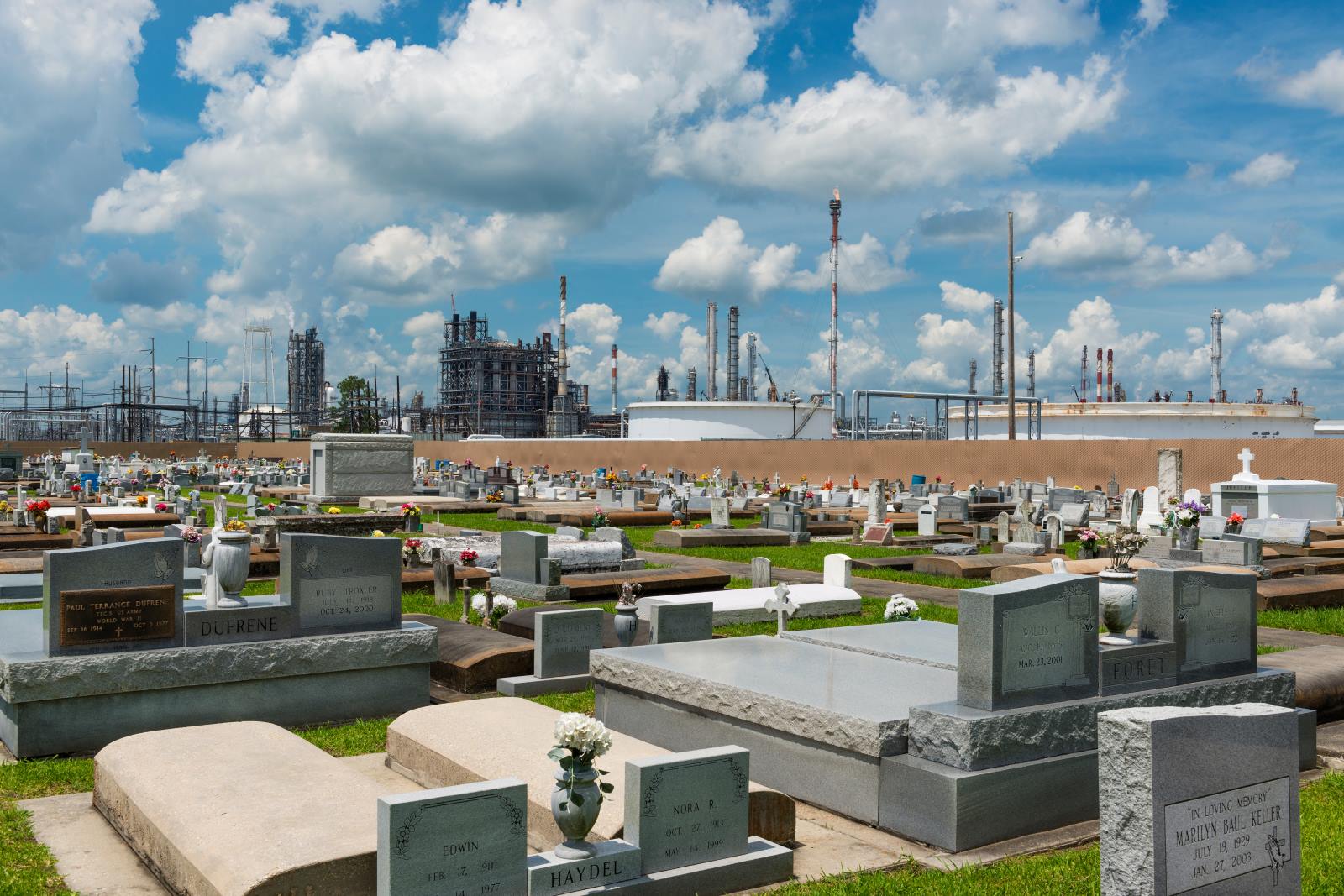
Image Credit: Shutterstock / TLF Images
The industrial region known as “Cancer Alley” stretches from Baton Rouge to New Orleans, with chemical plants like those of ExxonMobil Baton Rouge releasing vast amounts of toxins. Governor John Bel Edwards has struggled to balance economic interests with environmental concerns, often facing criticism from environmental advocates.
2. California – Smog and Wildfires
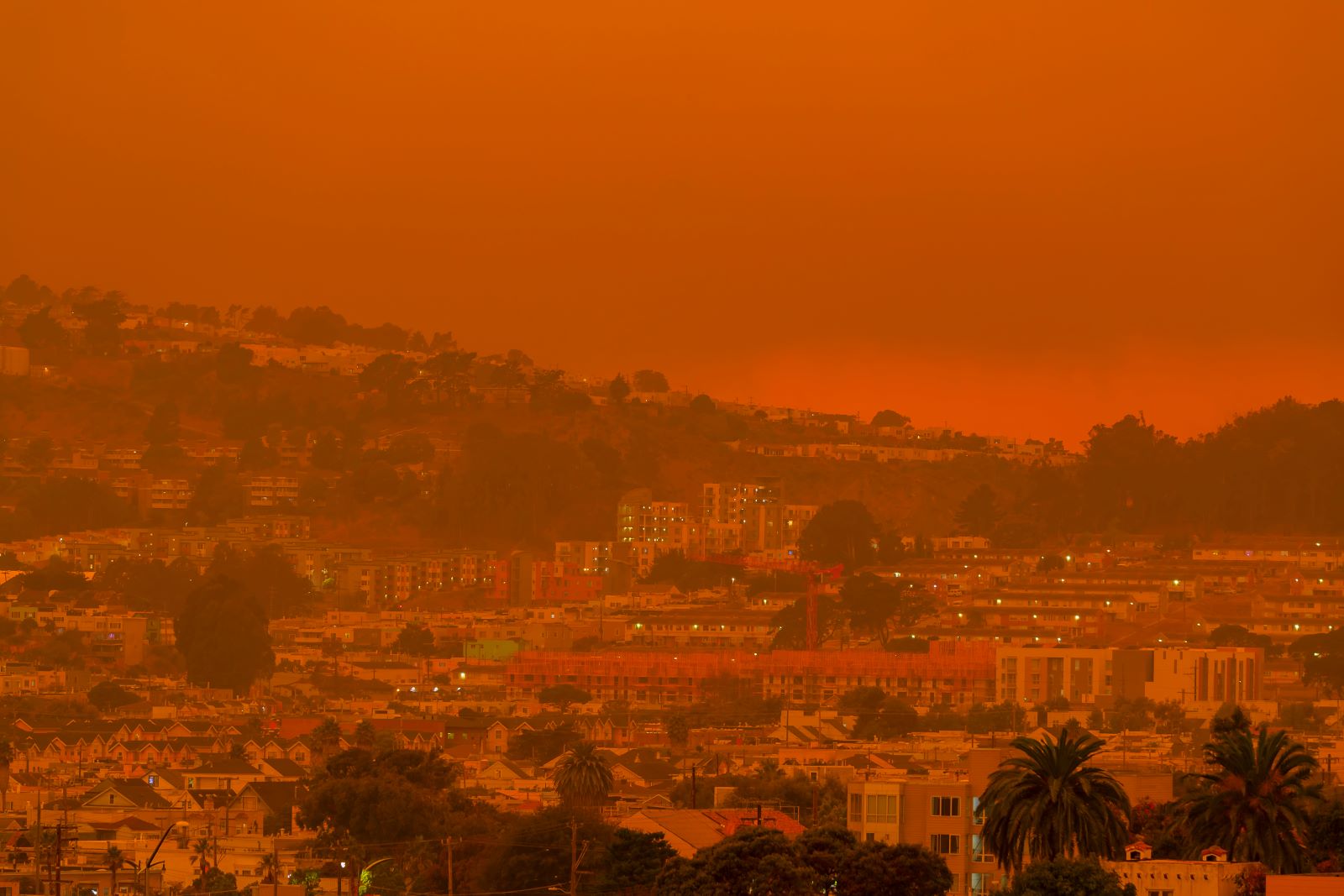
Image Credit: Shutterstock / SvetlanaSF
Major urban areas like Los Angeles face severe smog issues from vehicle emissions, while wildfires contribute significantly to particulate matter pollution. Governor Gavin Newsom is a strong proponent of environmental policies, pushing for aggressive legislation to combat climate change and reduce emissions from both vehicles and industries.
3. Texas – Oil and Gas Emissions
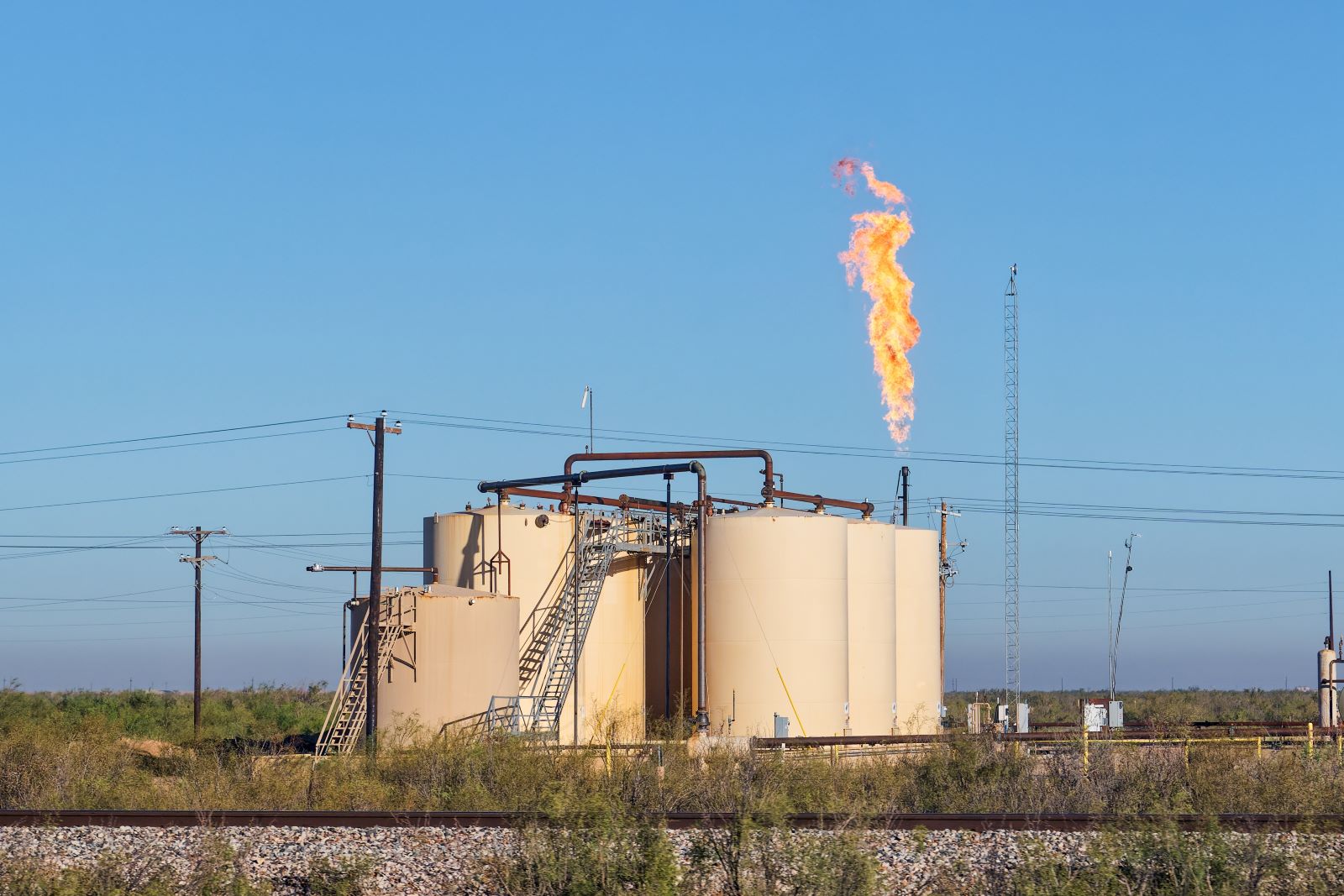
Image Credit: Shutterstock / Rosemarie Mosteller
Texas is heavily impacted by the oil and gas industry, with major companies like ExxonMobil and Valero Energy contributing to air and water pollution. Governor Greg Abbott has been criticized for prioritizing economic growth and energy production over stringent environmental regulations, often rolling back restrictions to benefit the industry.
4. Pennsylvania – Industrial and Coal Pollution
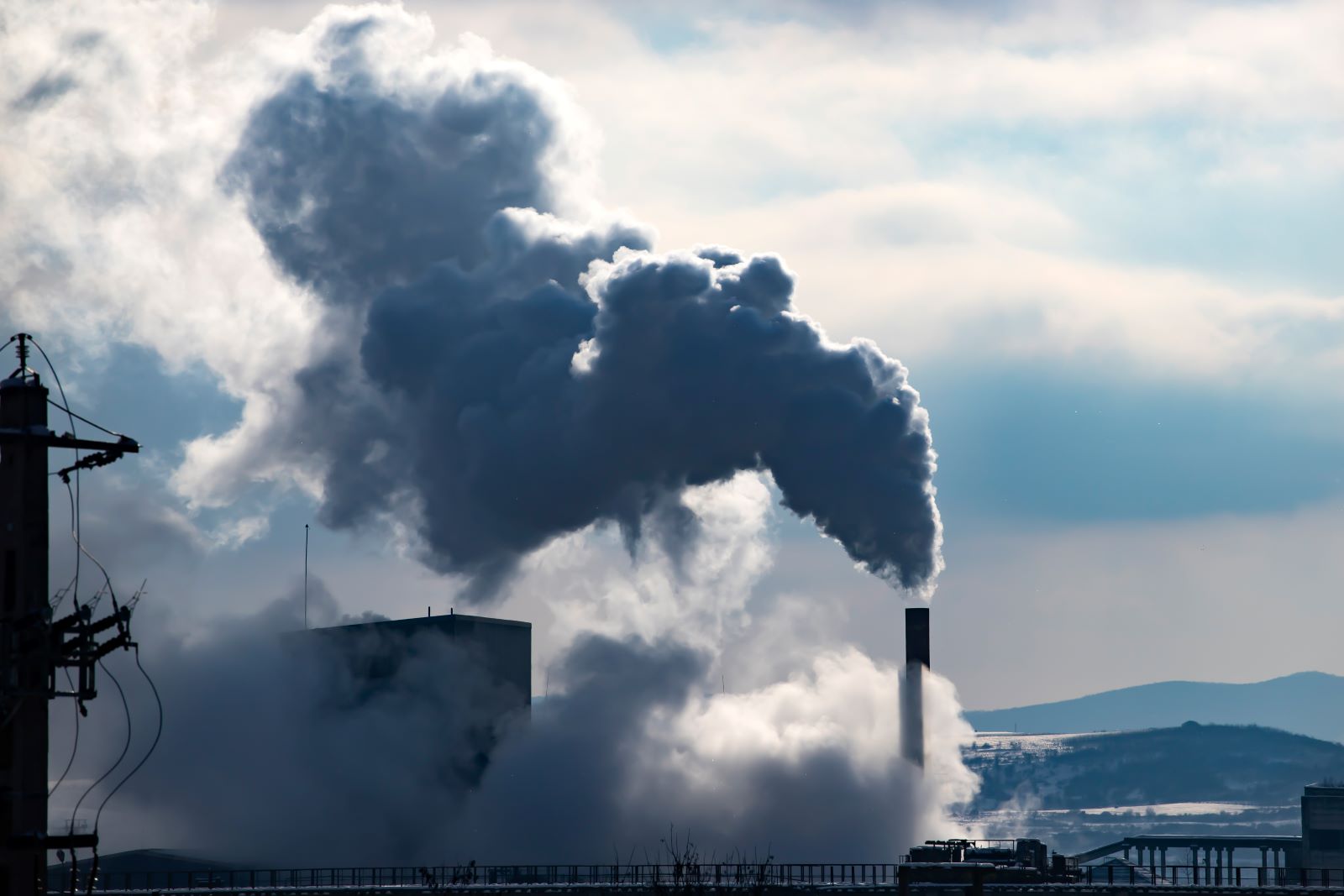
Image Credit: Shutterstock / Melinda Nagy
Cities like Pittsburgh are heavily polluted by industrial facilities and coal-fired power plants, including those operated by companies like U.S. Steel. Governor Tom Wolf has worked towards reducing pollution through initiatives like the Regional Greenhouse Gas Initiative, although he faces opposition from powerful industrial and coal lobbies.
5. Indiana – Steel Mills and Coal Plants
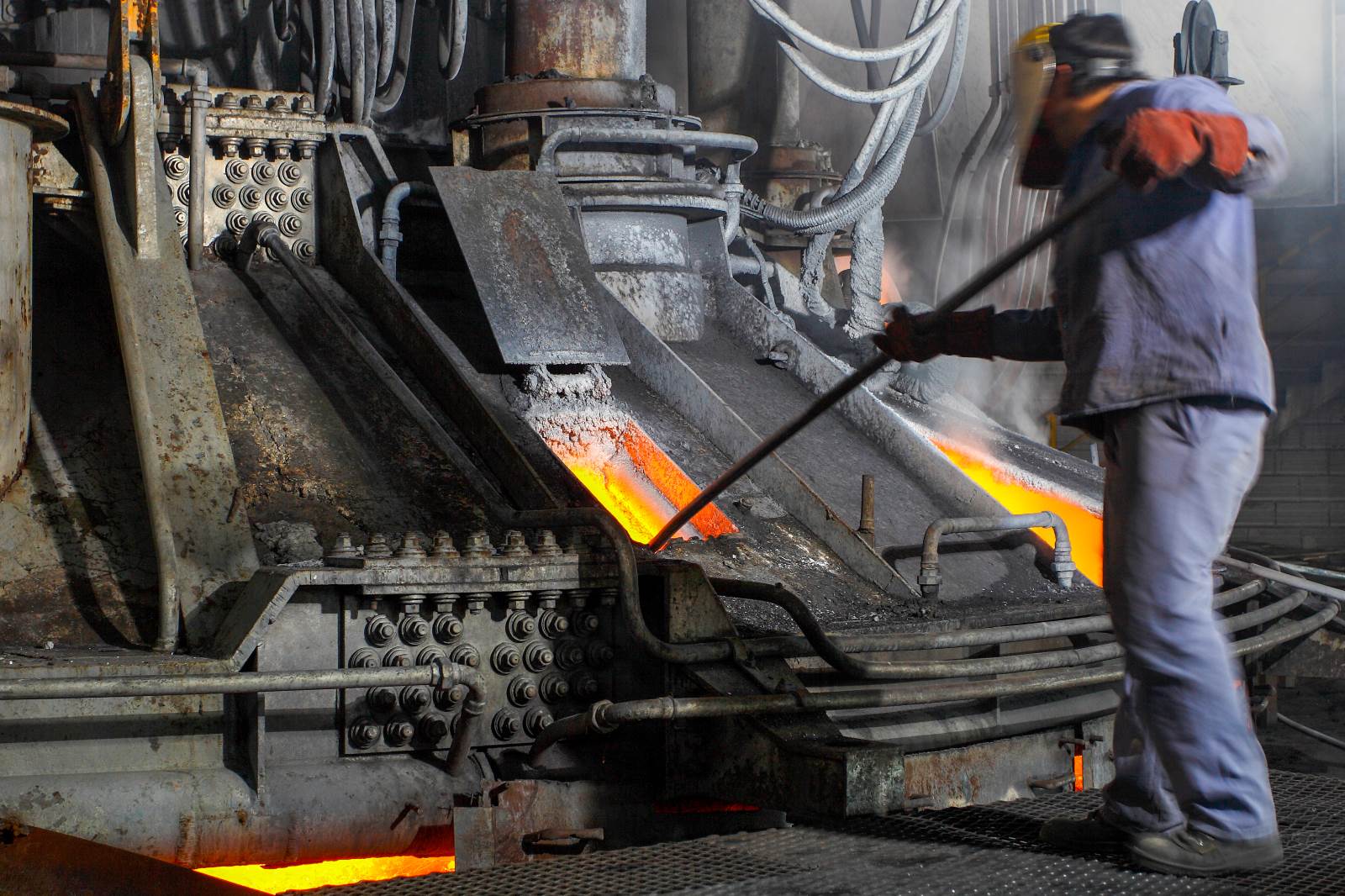
Image Credit: Shutterstock / Fast Speeds Imagery
The steel industry in Gary and numerous coal-fired plants contribute significantly to Indiana’s pollution, with companies like ArcelorMittal being major culprits. Governor Eric Holcomb has shown interest in transitioning to cleaner energy, but industrial pressures and economic dependencies on these industries present ongoing challenges.
6. Ohio – Manufacturing and Chemical Plants
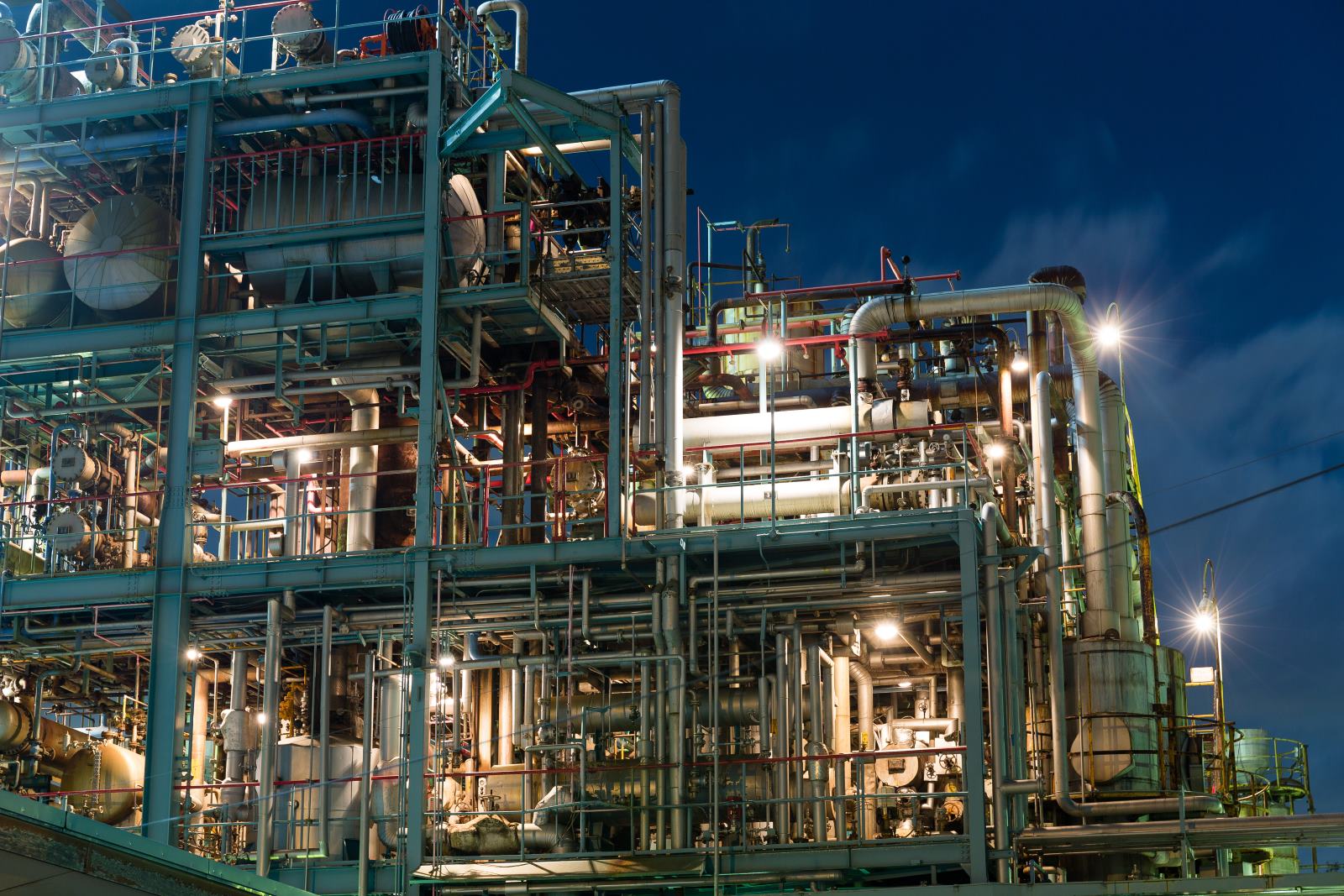
Image Credit: Shutterstock / ESB Professional
Ohio’s manufacturing sectors, particularly in cities like Cleveland and Cincinnati, contribute heavily to pollution, with significant emissions from companies like Procter & Gamble and AK Steel. Governor Mike DeWine has initiated measures to improve air quality, but balancing economic interests with environmental health remains a contentious issue.
7. Illinois – Industrial Emissions in Chicago
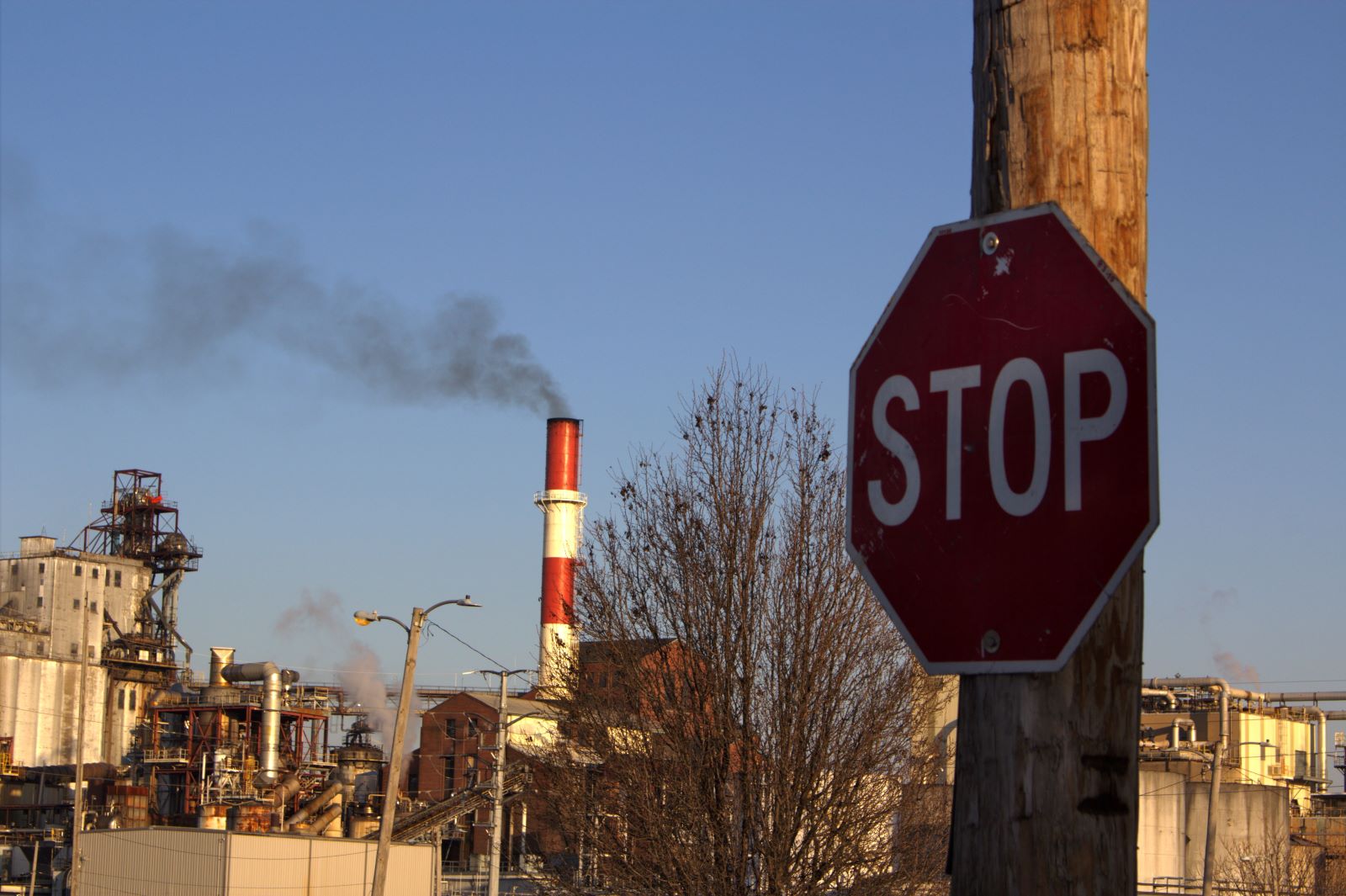
Image Credit: Shutterstock / Liam Kallister
Chicago’s dense traffic and industrial emissions, especially from manufacturing plants and refineries, are major contributors to pollution. Governor J.B. Pritzker supports extensive environmental reforms, focusing on reducing emissions through renewable energy investments and stricter regulations.
8. Alabama – Coal and Heavy Industry
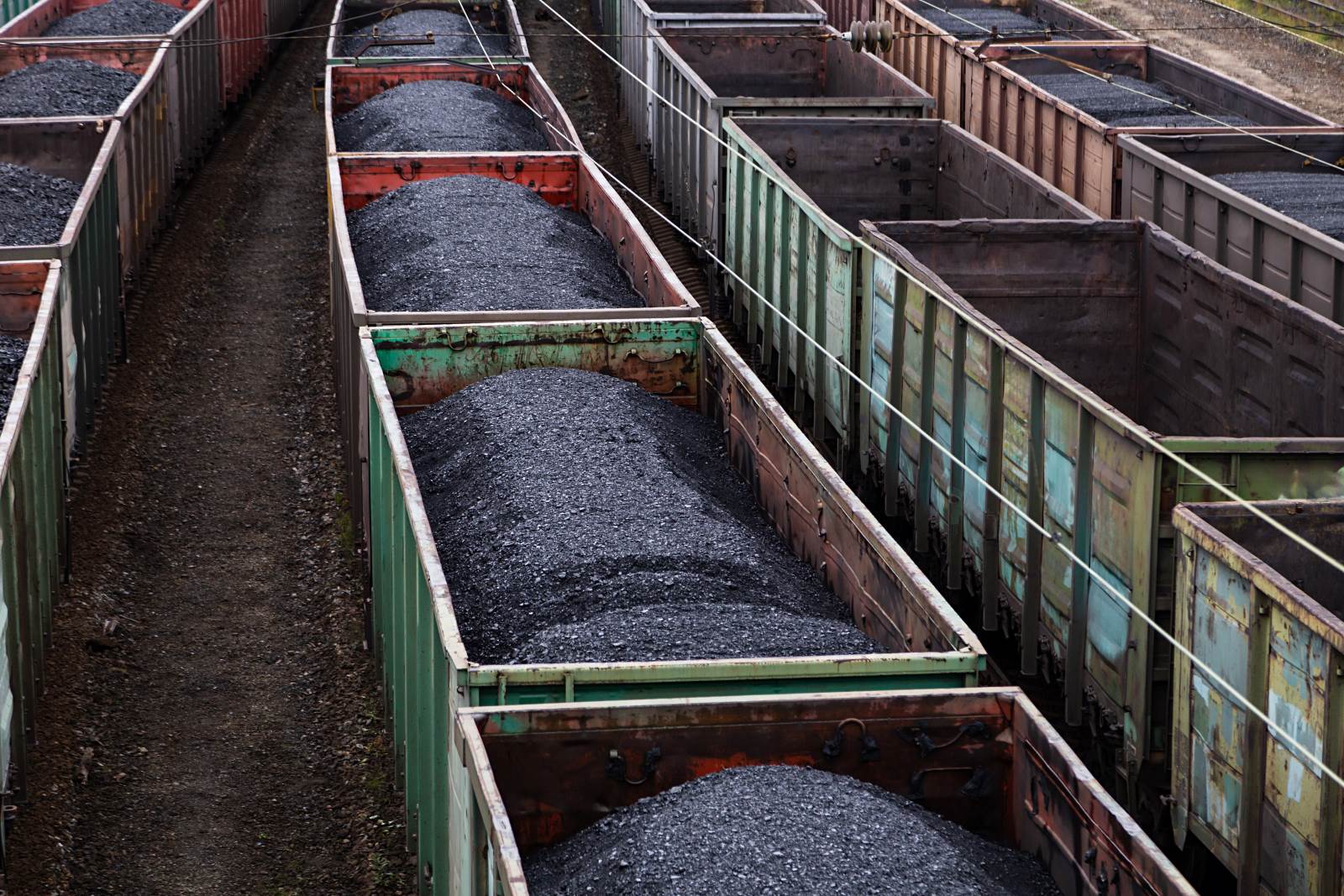
Image Credit: Shutterstock / Fiordaliso
Birmingham’s heavy industries, including coal mining and steel production, significantly impact the state’s air quality. Governor Kay Ivey’s administration often faces criticism for favoring industrial growth over environmental protection, though there are efforts to introduce cleaner technologies.
9. Kentucky – Coal Industry Dominance
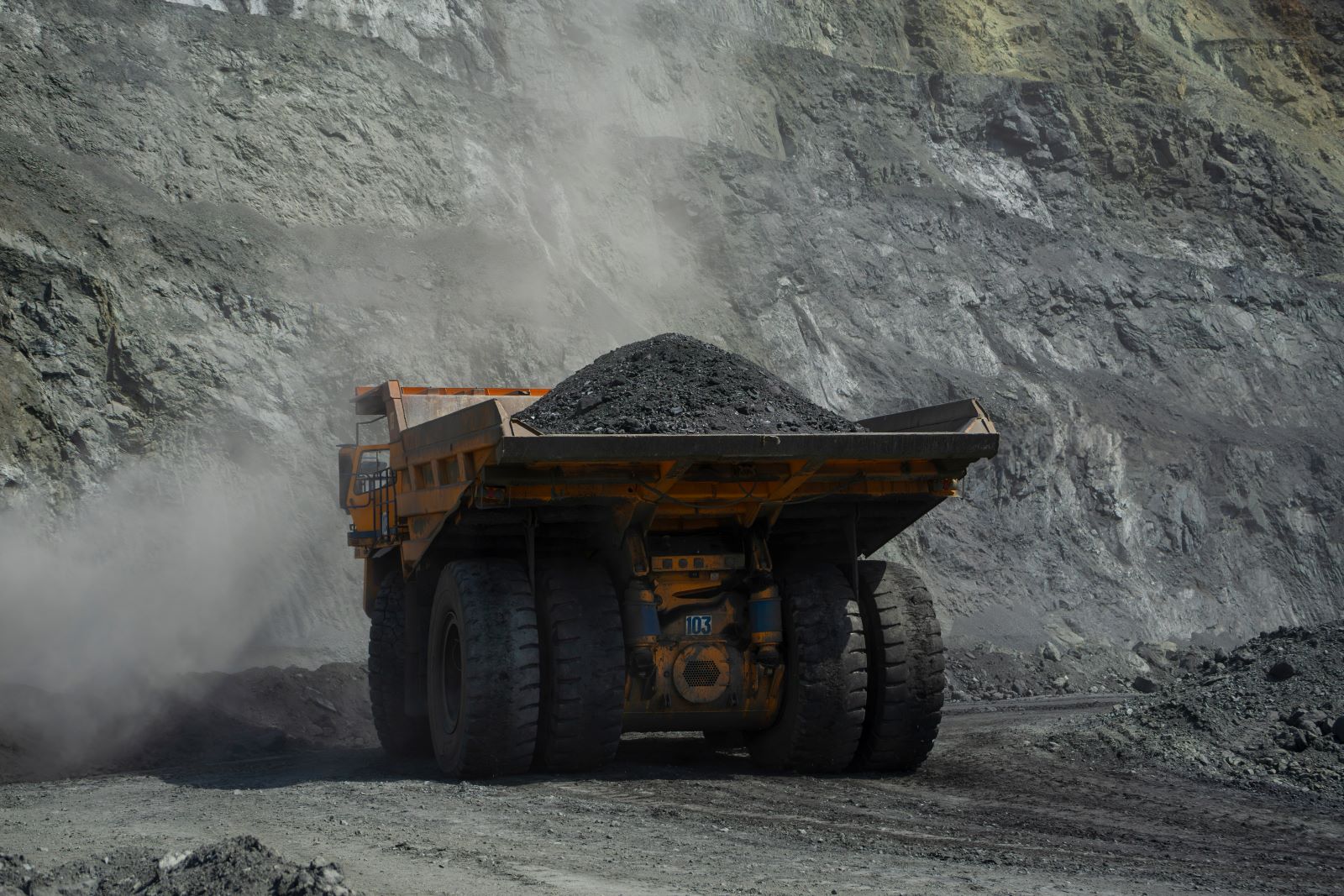
Image Credit: Shutterstock / Skynight87
The coal industry, with major players like Peabody Energy, remains a dominant polluter in Kentucky, affecting both air and water quality. State policies under Governor Andy Beshear frequently clash with federal regulations aimed at reducing coal production’s environmental impact.
10. Missouri – Manufacturing and Chemical Pollution
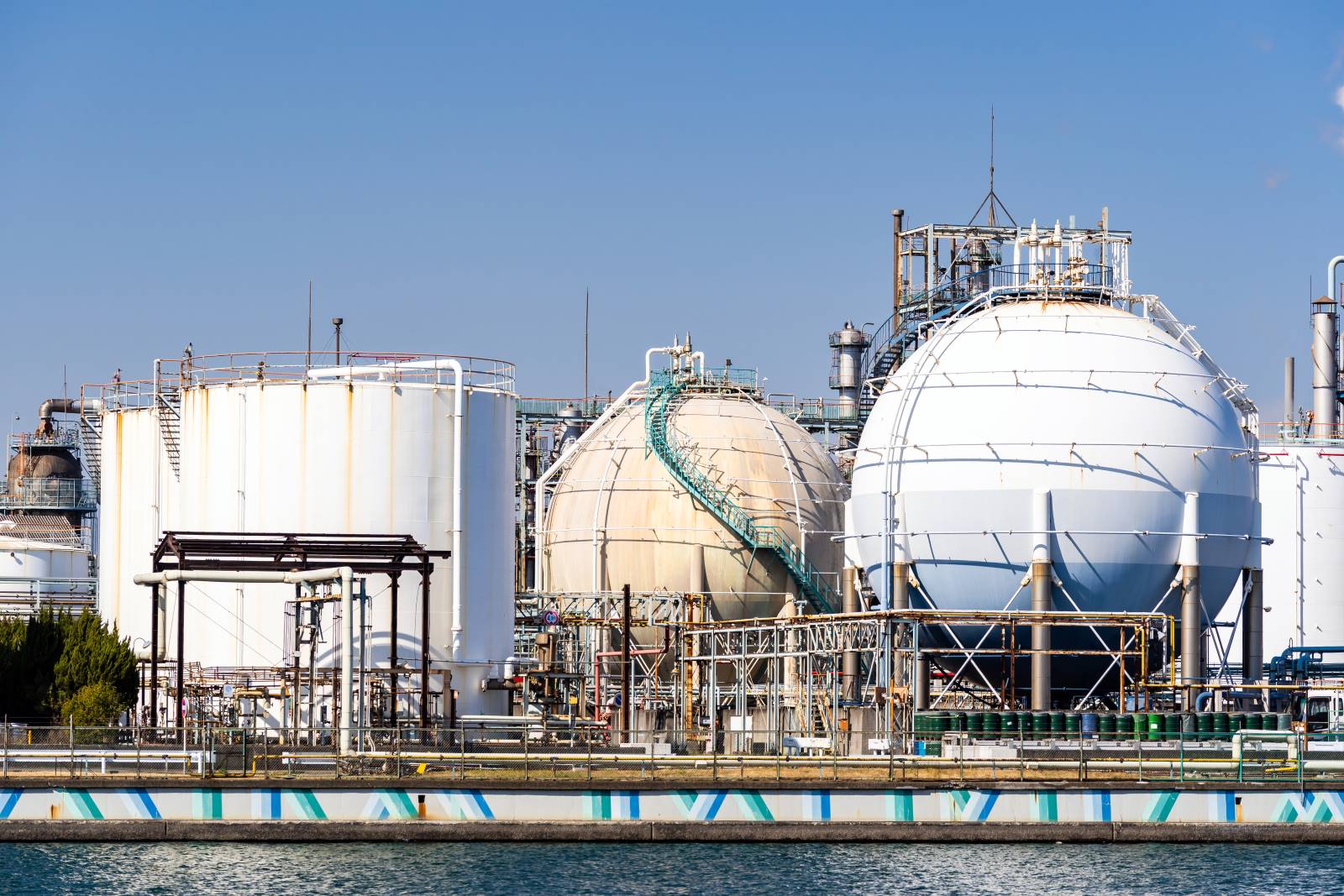
Image Credit: Shutterstock / vichie81
St. Louis is a hotspot for pollution from chemical plants and older manufacturing facilities, including those operated by companies like Monsanto (now Bayer). Governor Mike Parson’s administration has been criticized for not implementing stricter environmental regulations, often siding with economic interests.
11. Georgia – Industrial Waste and Water Pollution
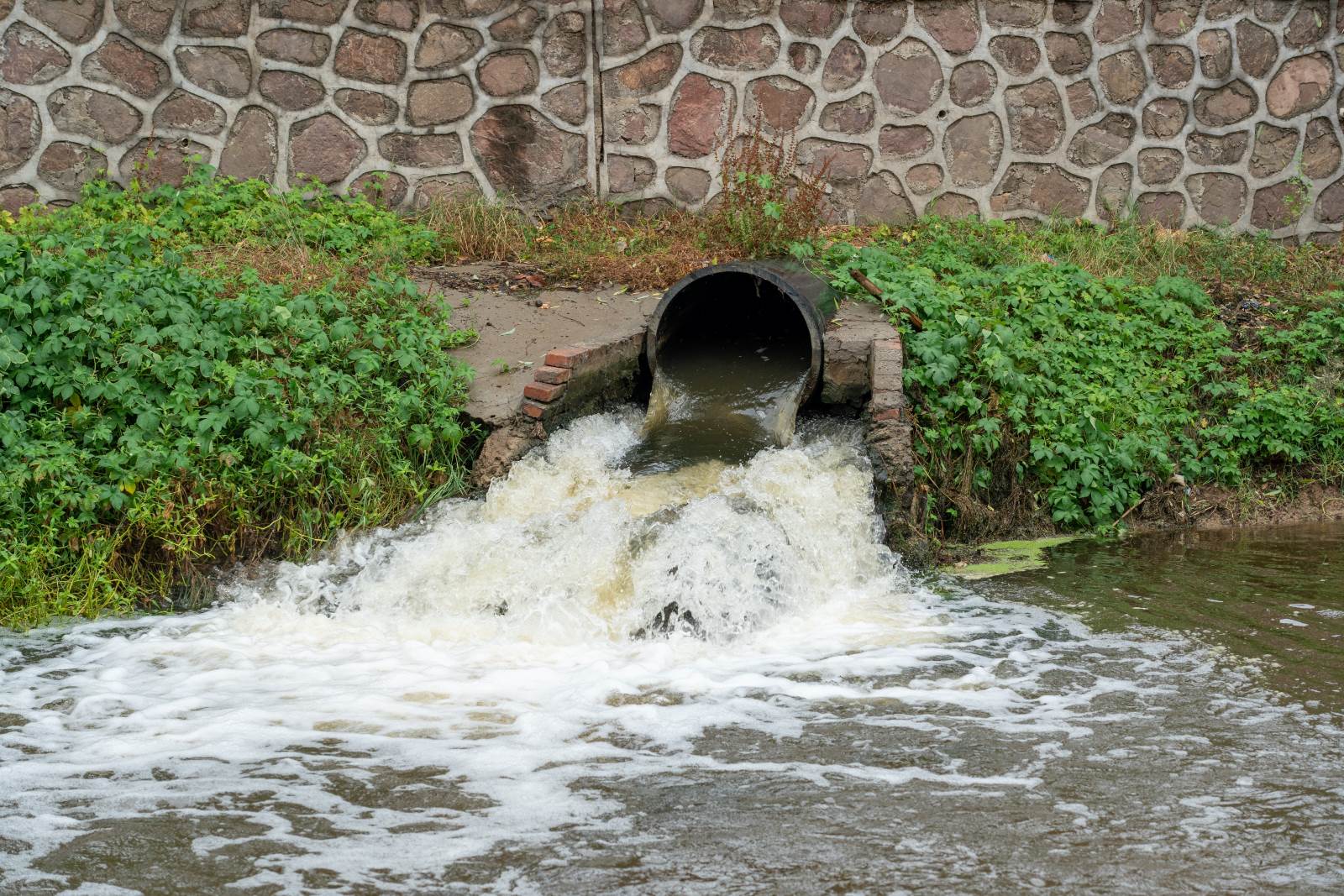
Image Credit: Shutterstock / kungfu01
The state’s waterways, particularly the Chattahoochee River, suffer from industrial waste dumping, with significant contributions from companies like Georgia-Pacific. Governor Brian Kemp has been under scrutiny for his administration’s environmental policies, which some argue are too lenient on polluters.
12. Michigan – Automotive and Industrial Pollution
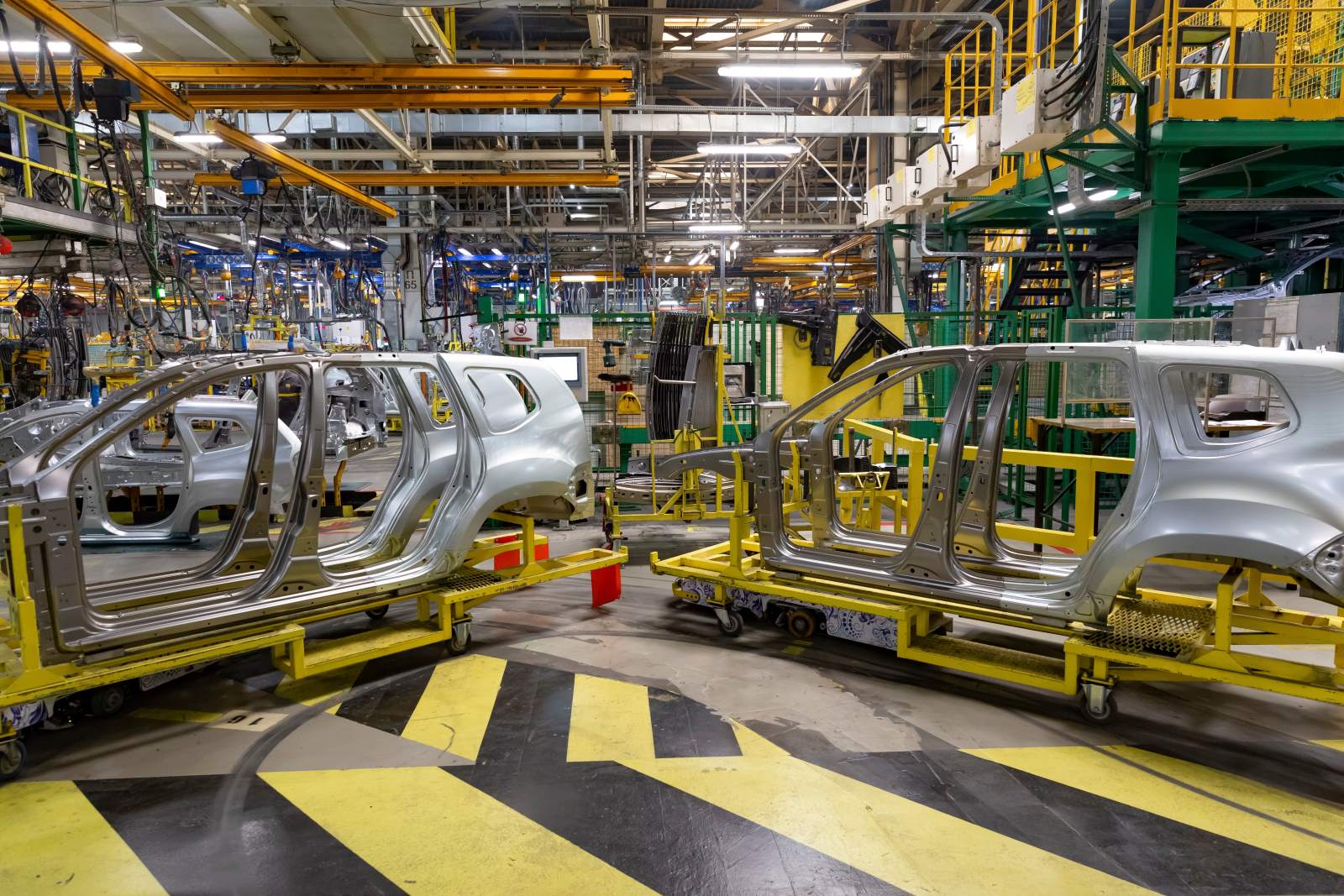
Image Credit: Shutterstock / UladzimirZuyeu
Detroit’s automotive manufacturing and related industries are major sources of pollution, with companies like General Motors being significant contributors. Governor Gretchen Whitmer has prioritized environmental management, pushing for initiatives to clean up industrial pollution and protect natural resources.
13. New Jersey – Chemical Plants and Traffic Emissions

Image Credit: Shutterstock / Bilanol
Chemical plants and dense traffic contribute to significant air and water pollution, with companies like DuPont playing a major role. Governor Phil Murphy advocates for comprehensive pollution control measures, aiming to mitigate the state’s environmental impact through legislation and reform.
14. North Carolina – Textile and Chemical Industries
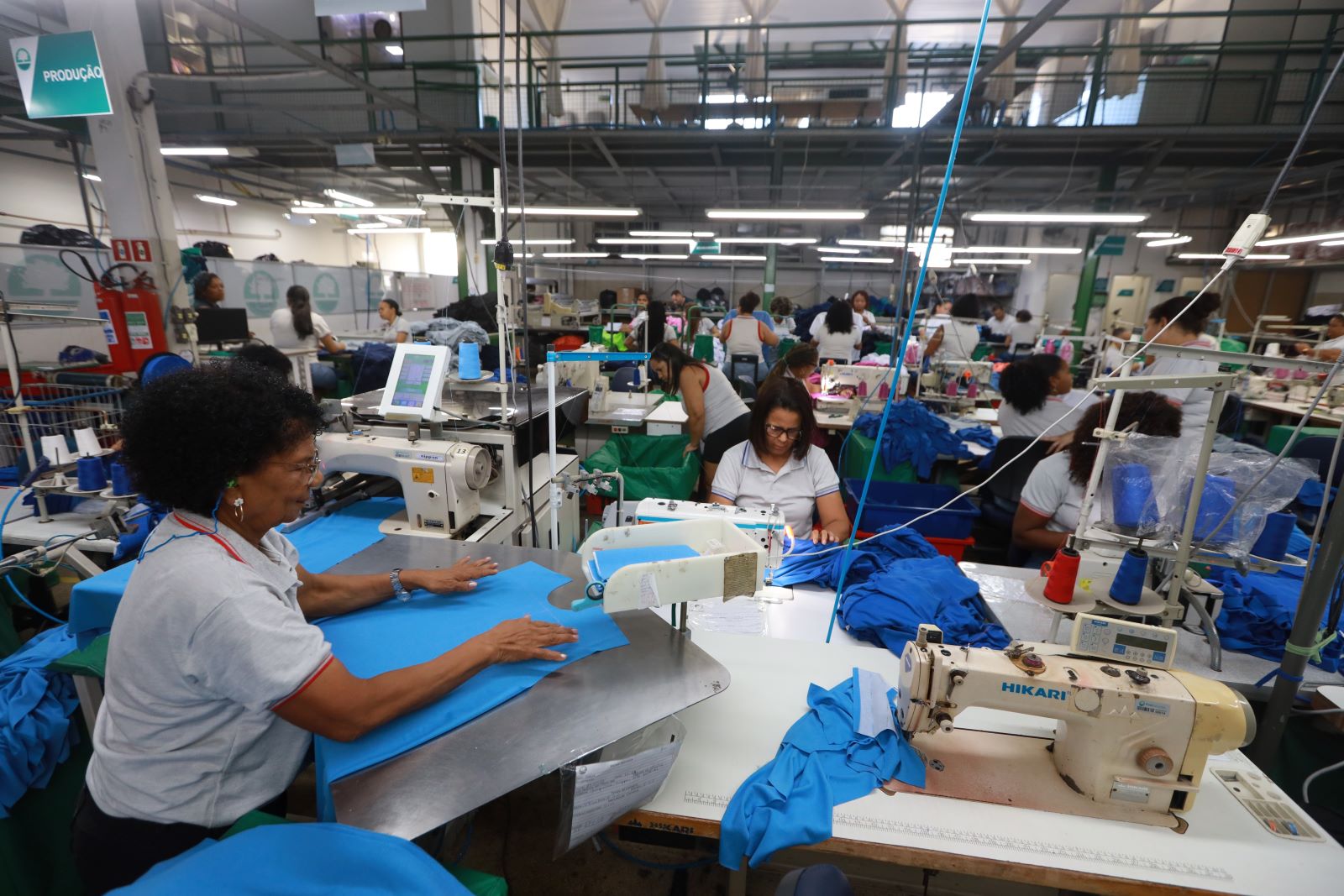
Image Credit: Shutterstock / Joa Souza
The state’s pollution issues stem from textile and chemical manufacturing, with companies like Chemours being notable polluters. Governor Roy Cooper is working on re-evaluating state regulations to address persistent pollution issues, focusing on both industry compliance and public health.
15. South Carolina – Industrial and Automotive Pollution

Image Credit: Shutterstock / Aaron of L.A. Photography
The chemical manufacturing sector and automotive emissions significantly impact the state’s air quality, with companies like BMW contributing to the pollution. Governor Henry McMaster’s administration faces ongoing pressure to implement stricter environmental regulations to protect public health.
16. West Virginia – Coal Mining Pollution
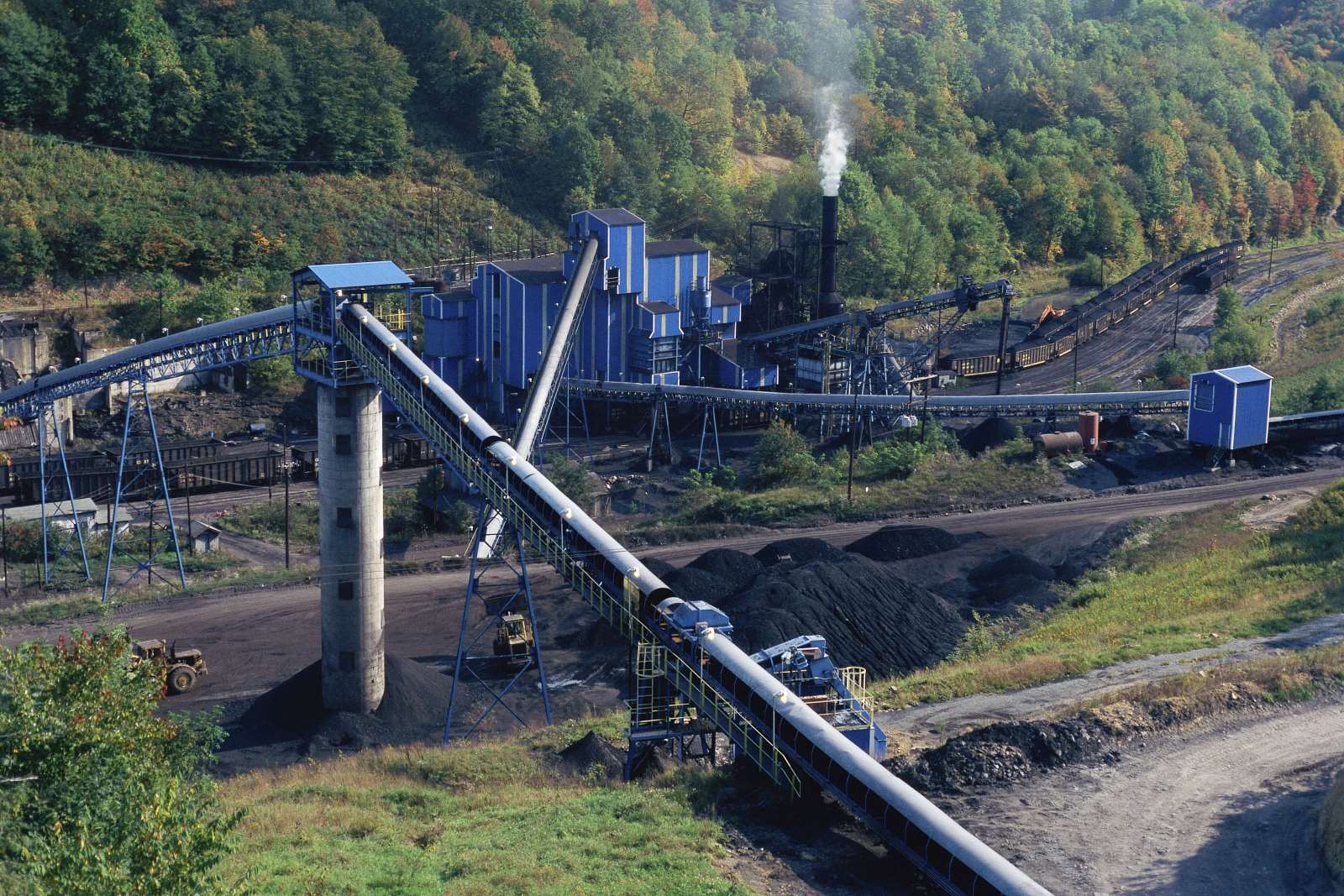
Image Credit: Shutterstock / Joseph Sohm
Coal mining companies like Murray Energy heavily pollute the state, affecting both air and water quality. Politicians, including Governor Jim Justice, often support the coal industry due to its economic importance, leading to less stringent environmental protections.
17. Tennessee – Energy Production and Automotive Emissions
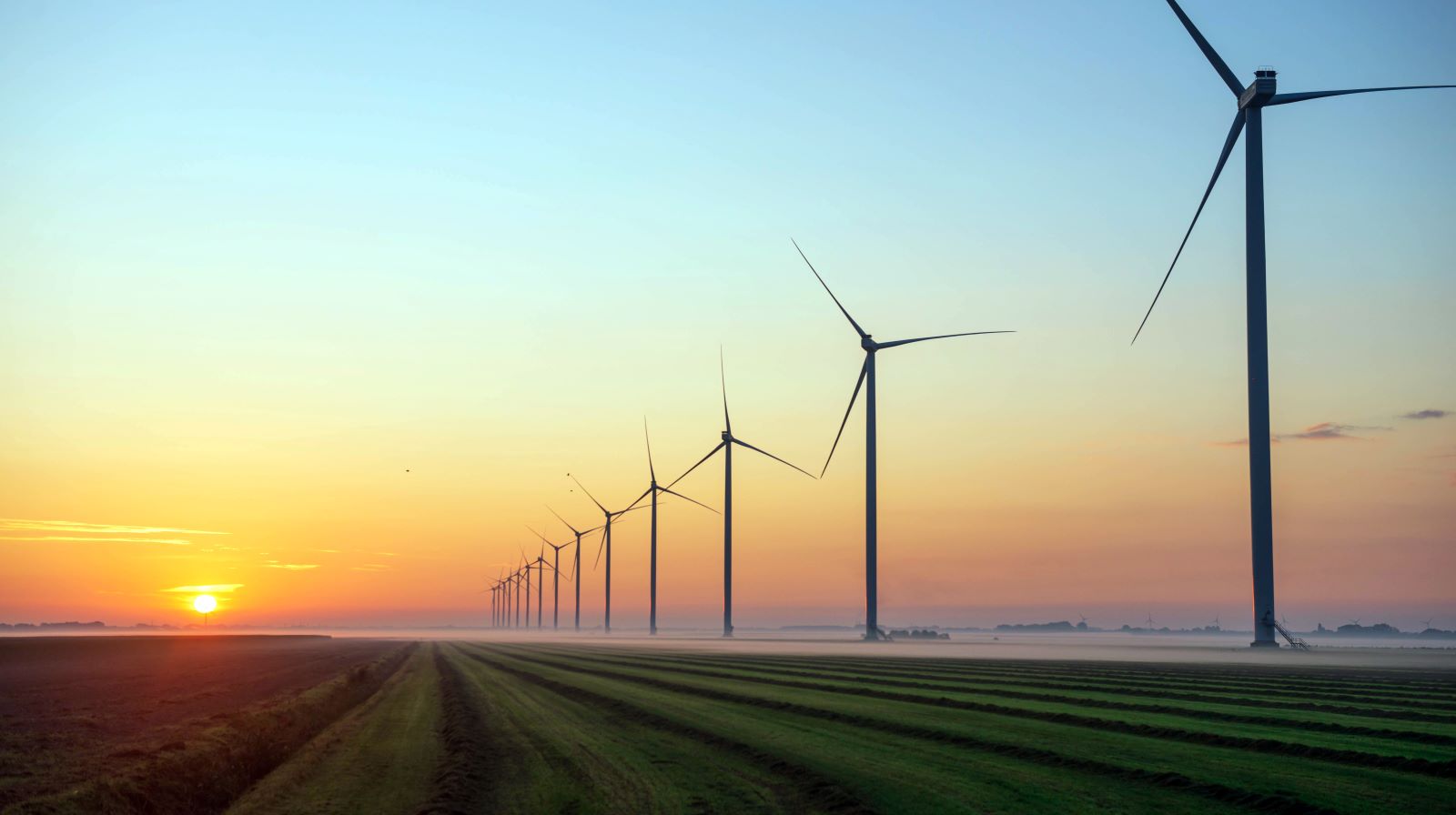
Image Credit: Shutterstock / Rus S
Energy production and automotive manufacturing are key polluters, with companies like the Tennessee Valley Authority being major contributors. Efforts by Governor Bill Lee’s administration focus on introducing cleaner technologies, though the transition faces significant economic and political hurdles.
18. Virginia – Industrial and Military Base Emissions
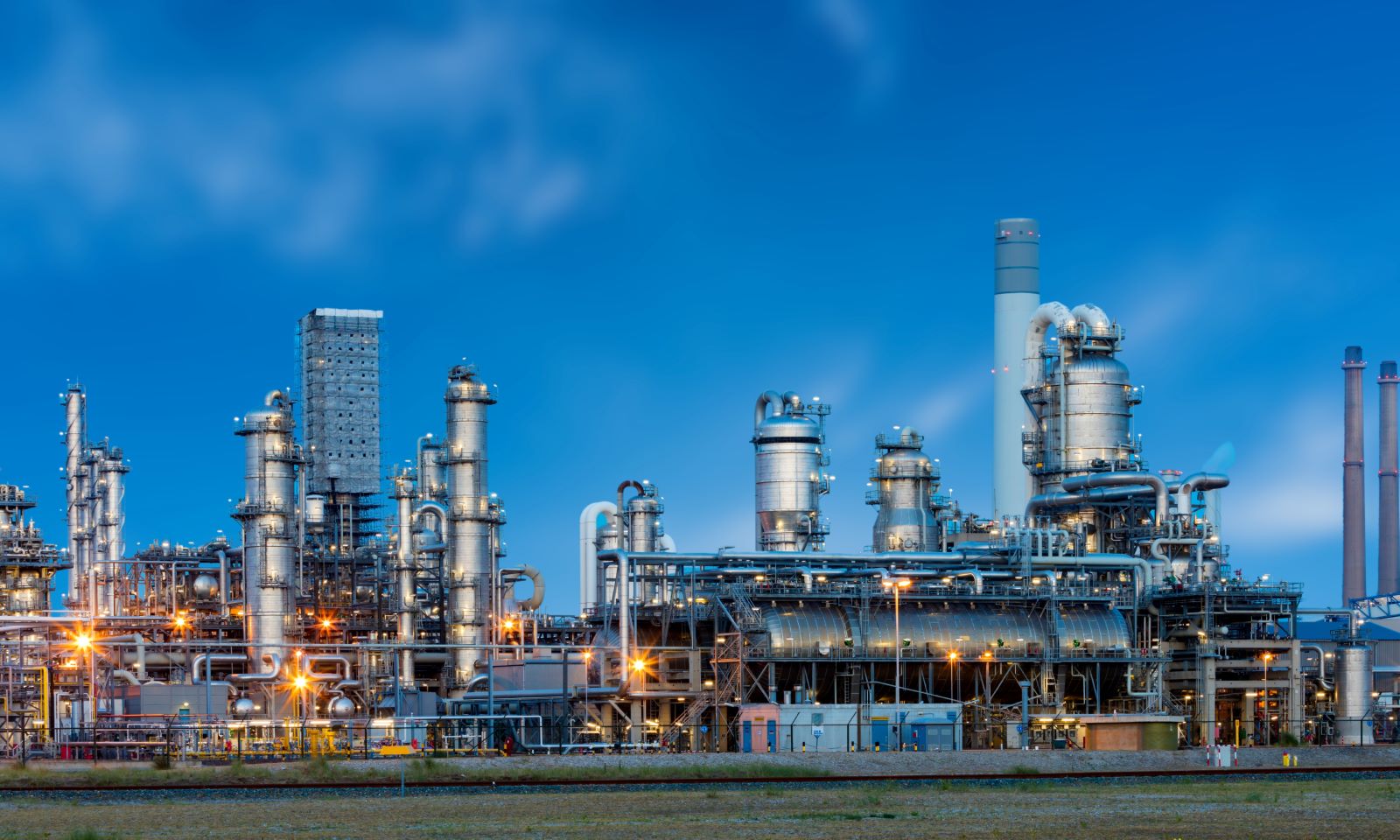
Image Credit: Shutterstock / Keshi Studio
Industrial emissions and pollution from military bases contribute heavily to Virginia’s environmental issues. Governor Glenn Youngkin has been involved in legislative efforts to reduce the state’s environmental footprint, although balancing military and industrial interests remains complex.
19. Maryland – Transportation and Energy Sector Pollution
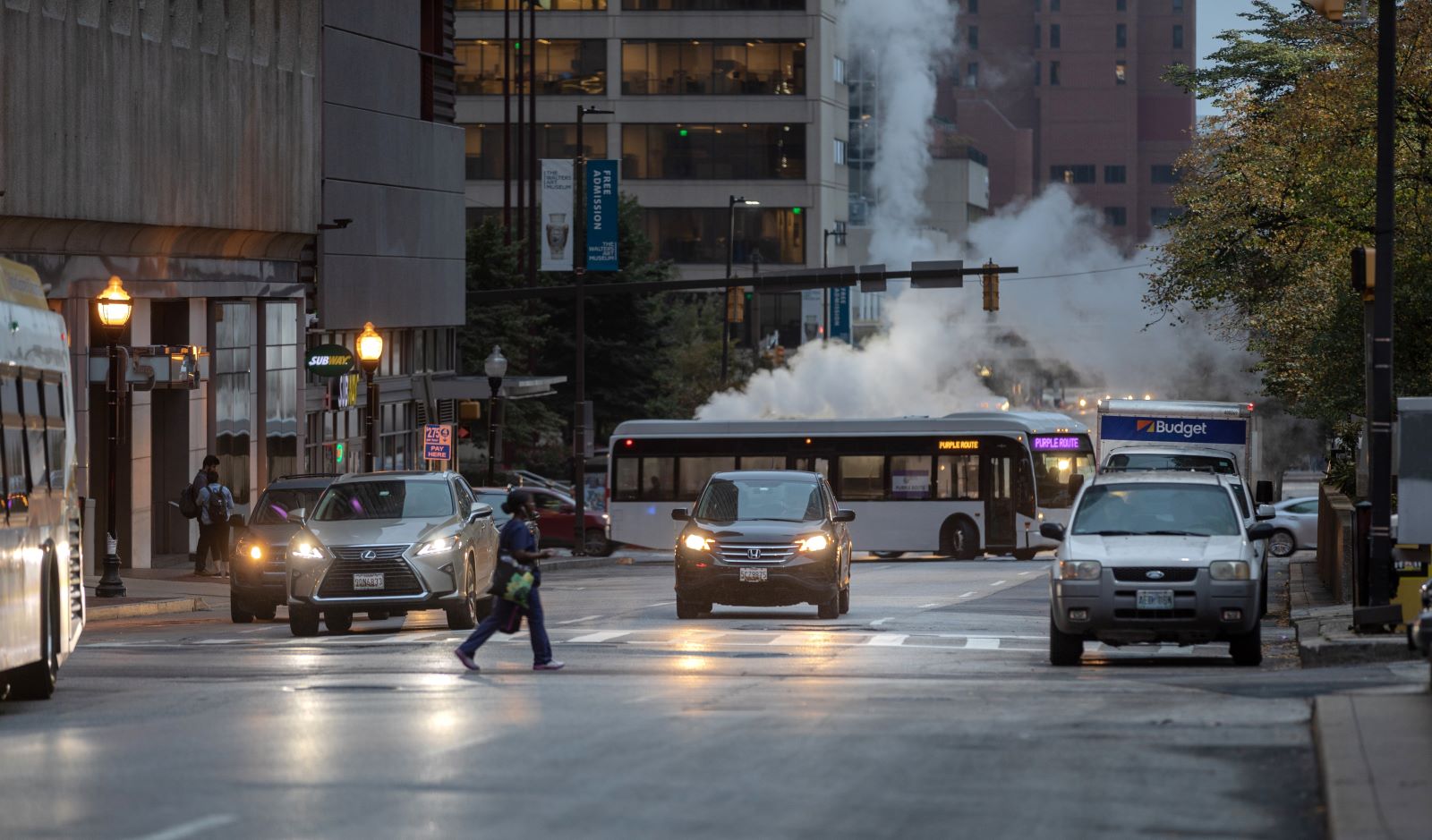
Image Credit: Shutterstock / photosounds
Major contributors include the transportation sector and energy production facilities, with significant pollution from companies like Constellation Energy. Governor Larry Hogan’s administration has been proactive in improving air quality through stricter regulations and promoting renewable energy sources.
20. Arizona – Mining and Urban Emissions
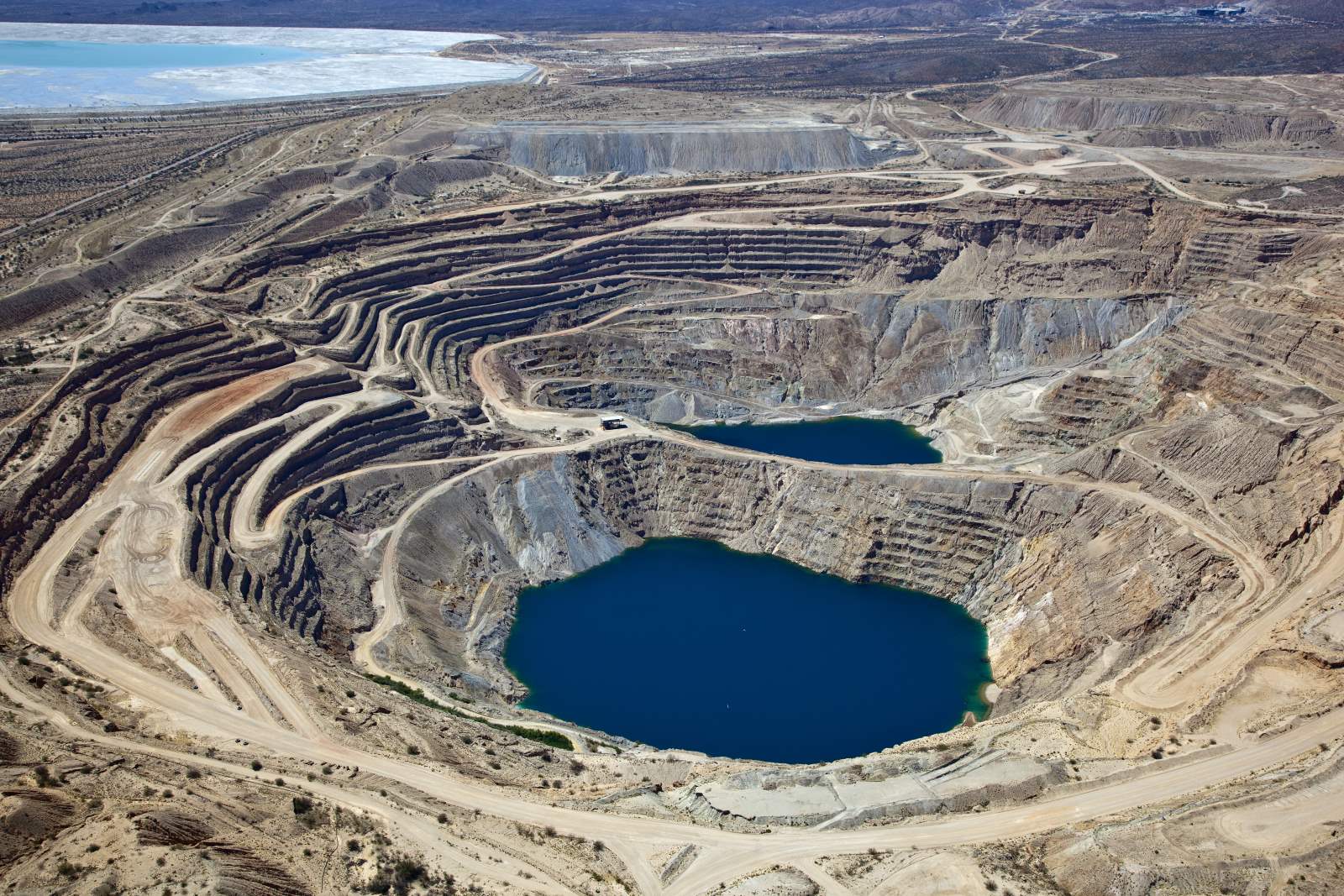
Image Credit: Shutterstock / Tim Roberts Photography
Mining operations and urban emissions, particularly in Phoenix, are major pollution sources. Governor Doug Ducey’s policies often promote industrial growth, but there is increasing advocacy for sustainable practices and stricter environmental regulations.
What’s in Your Air?

Image Credit: Shutterstock / Patrick Hatt
Understanding the pollution sources and political dynamics in your state can empower you to advocate for cleaner, healthier environments. Whether it’s through supporting legislation, participating in local clean-ups, or simply staying informed, every action counts towards cleaner air and a healthier future.
Featured Image Credit: Shutterstock / Boyloso .
For transparency, this content was partly developed with AI assistance and carefully curated by an experienced editor to be informative and ensure accuracy.


